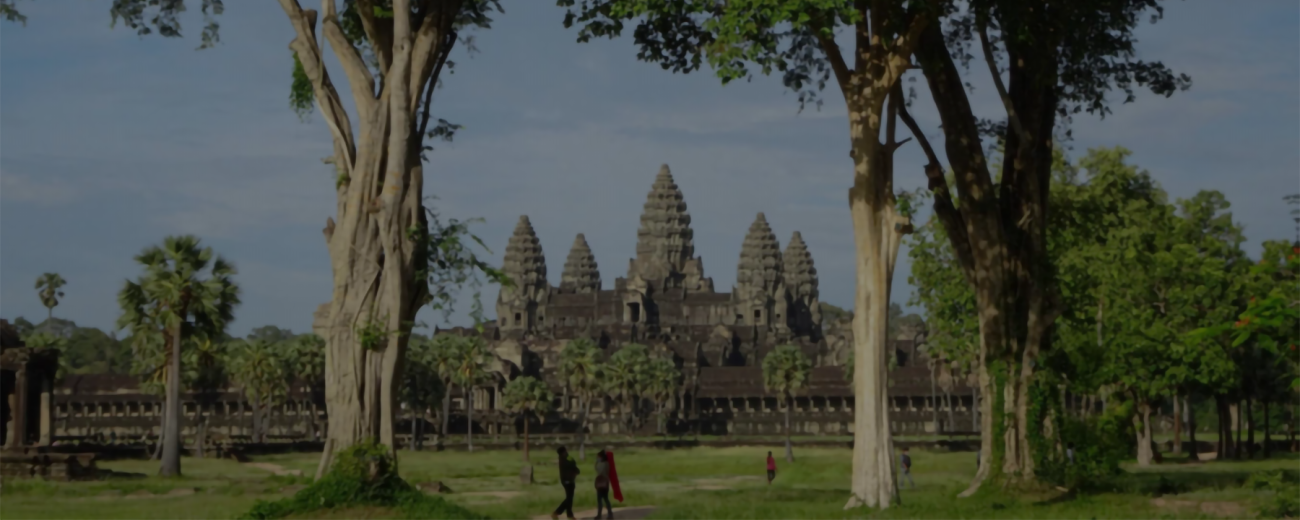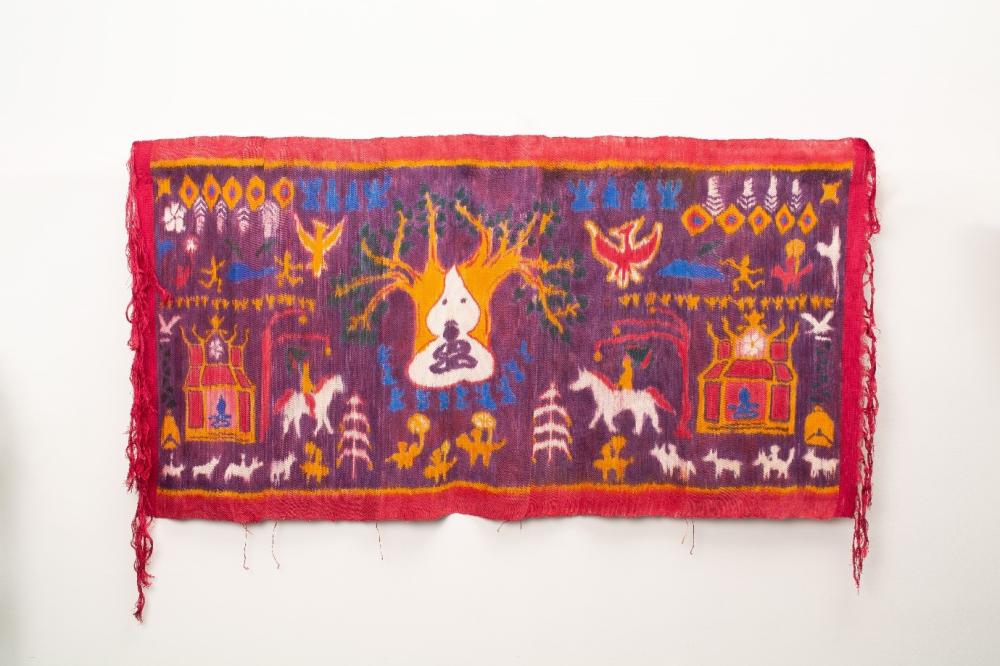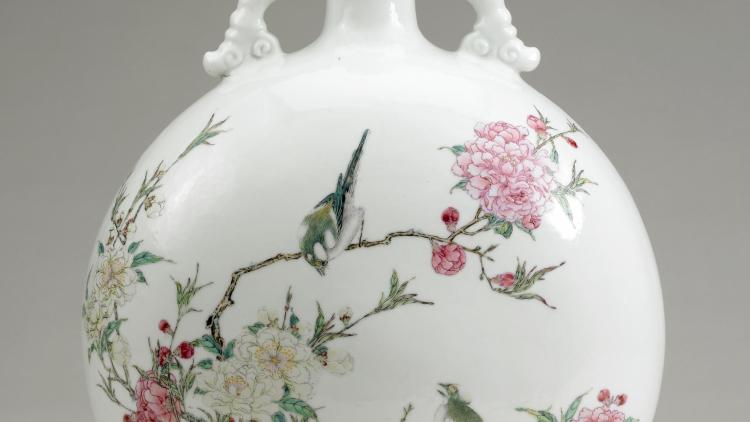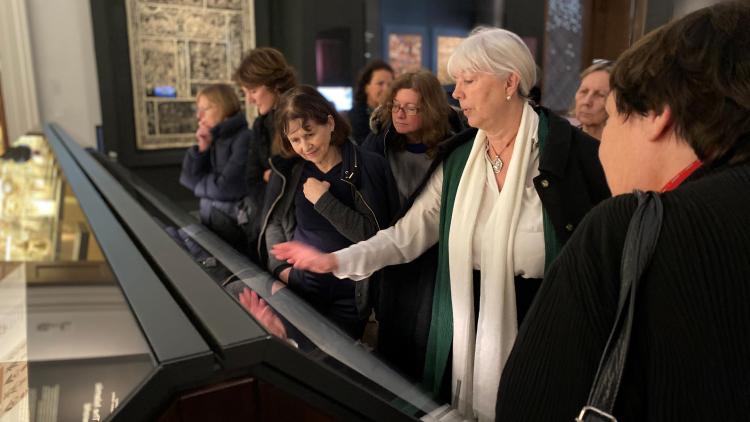School of Arts Professor-PhD candidate duo join Copenhagen workshop and exhibition


School of Arts Professor Ashley Thompson and PhD Candidate Seng Sonetra joined colleagues and artists at the University of Copenhagen on 25 March 2024 for a workshop and exhibition devoted to exploring cultural heritage, archives and museum collections in conflict and post-conflict times.
The workshop was part of The Art of Ikat: A Cambodian Renaissance exhibition programming.
Ashley Thompson, Hiram W Woodward Chair of Southeast Asian Art, delivered the keynote address, entitled On Decoloniality and Restitution in Cambodia Today. The talk drew from Professor Thompson’s work on the restitution of looted antiquities across Southeast Asia.
The work includes supporting the Cambodian governmental restitution team in researching antiquities looted from Cambodia during the late 20th-century regional wars and their long aftermath, in negotiating their return from those international museums now holding these materials in their collections, and in training students and interns in this work.
Focusing on the informal curation of a colossal statue of the God Ganesha recently returned to Cambodia, the keynote also drew from collaborative research on local epistemologies underpinning restitution across Southeast Asia with colleagues on the Getty-funded CO-OP project.
Seng Sonetra delivered a paper entitled Unraveling Heritage: Interpreting Textile Adornments at Angkor Wat Temple. The paper drew from her PhD thesis on Angkorian textiles.
Though her focus is on 12th-century materials, Netra has also explored modern and contemporary Cambodian textile production and use to piece together a picture of ancient practices primarily evidenced not in extant textiles per se, but in epigraphy and temple reliefs – and to gauge the viability of such an approach given the rupture in local textile production brought on by 20th-century wars and postwar ‘development.’
Header image: Unraveling Heritage: Interpreting Textile Adornments at Angkor Wat Temple



